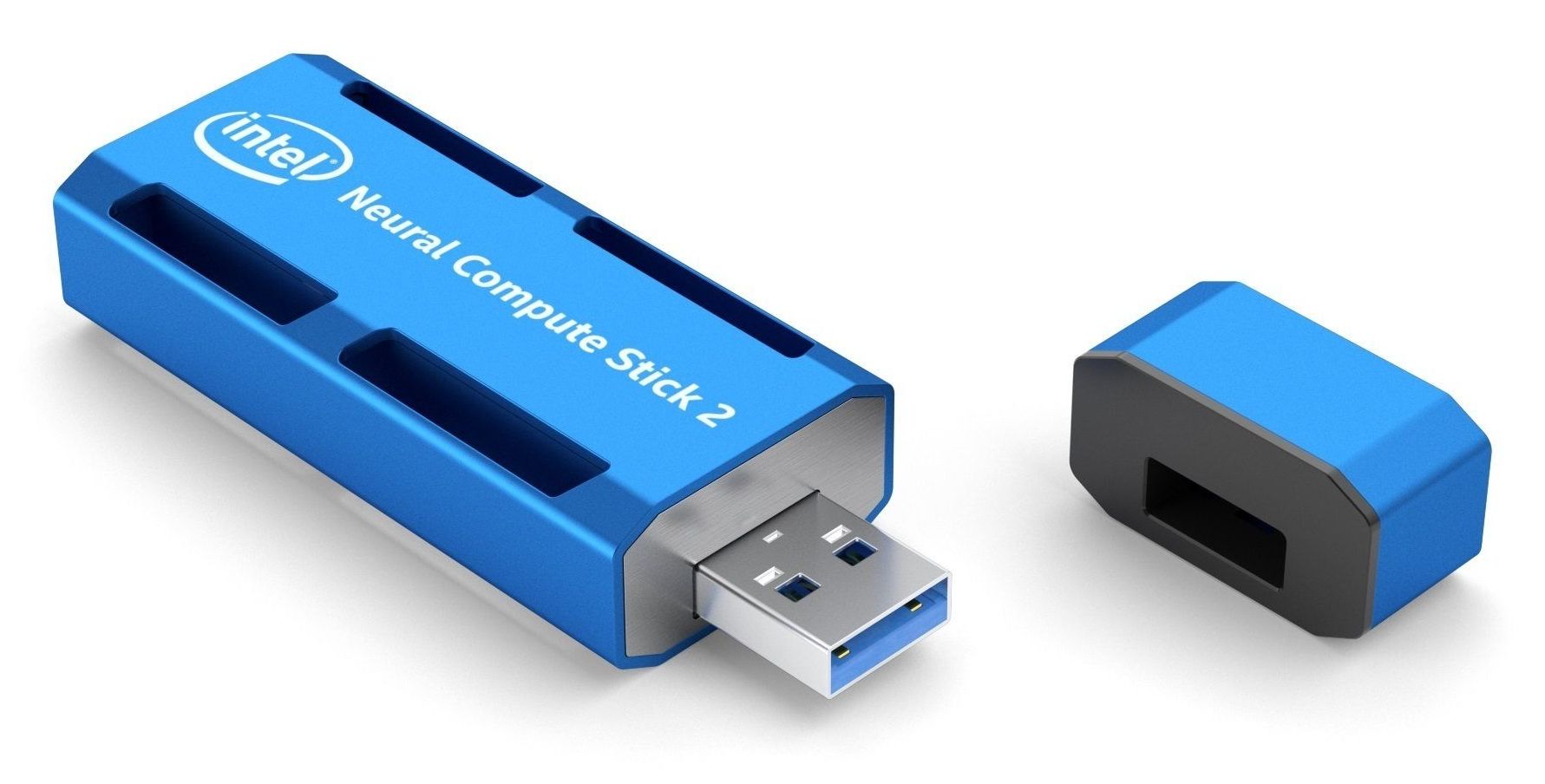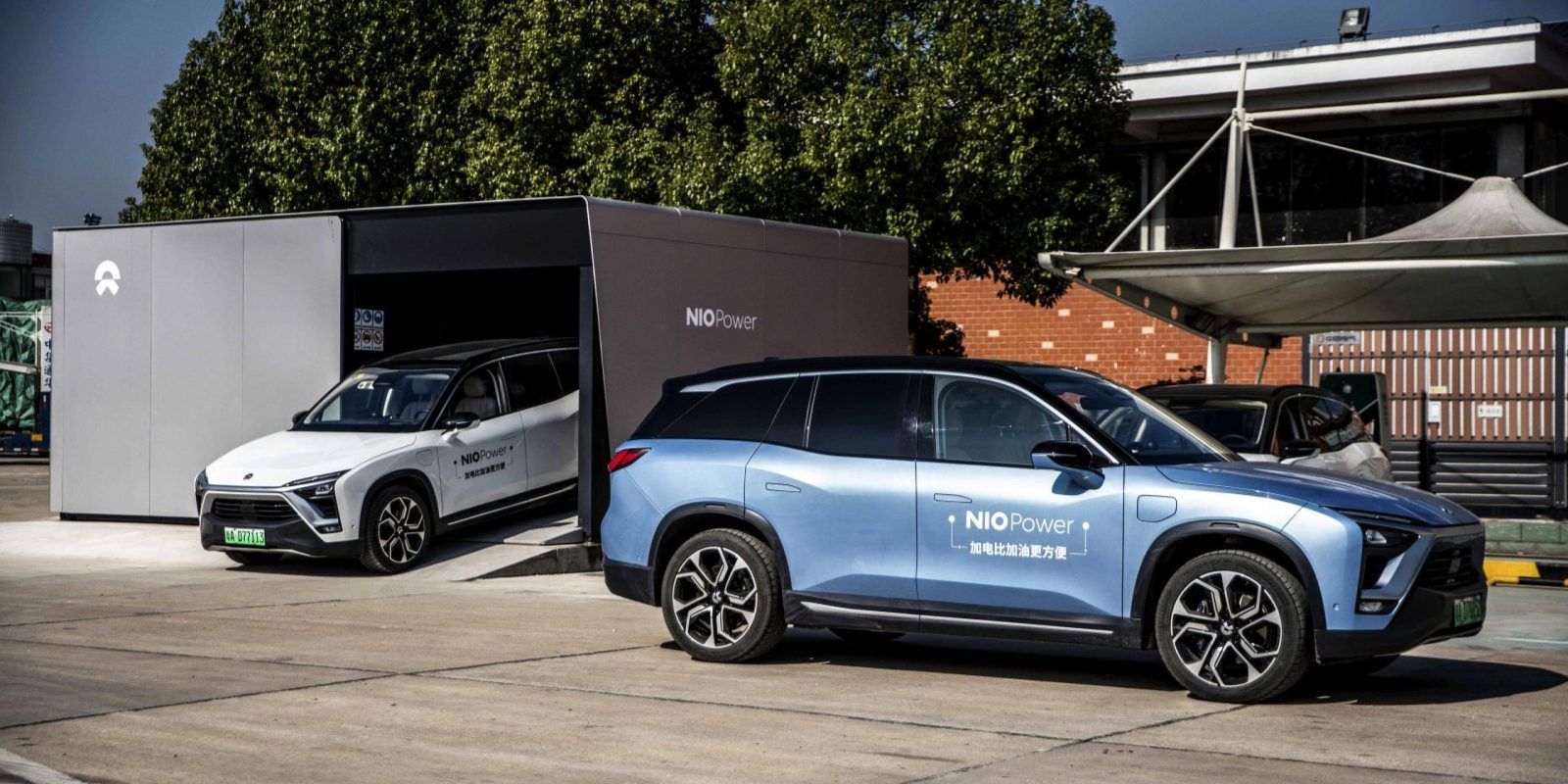Google’s deep learning AI called LYNA able to correctly identify tumorous regions in lymph nodes 99 per cent of the time.
Intel has unveiled the Intel Neural Compute Stick 2. It looks like a standard USB thumb drive, and it runs on a USB 3.0 port, but is oh-more-special. CNET said the new AI “brain” sticks into the side of your PC.
Andrew Tarantola in Engadget summed up its significance. “Intel’s NCS2 is essentially a self-contained neural network on a thumbdrive and should make developing those sorts of devices faster and easier by offloading much of the processing power required to train them to its onboard Movidius Myriad X vision processing unit (VPU).”
The debut took place Wednesday, Nov. 14, at the Intel AI Devcon in Beijing.
Canadian researchers have discovered a new kind of organism that’s so different from other living things that it doesn’t fit into the plant kingdom, the animal kingdom, or any other kingdom used to classify known organisms.
Two species of the microscopic organisms, called hemimastigotes, were found in dirt collected on a whim during a hike in Nova Scotia by Dalhousie University graduate student Yana Eglit.
A genetic analysis shows they’re more different from other organisms than animals and fungi (which are in different kingdoms) are from each other, representing a completely new part of the tree of life, Eglit and her colleagues report this week in the journal Nature.
SpaceX today received US approval to deploy 7,518 broadband satellites, in addition to the 4,425 satellites that were approved eight months ago.
The Federal Communications Commission voted to let SpaceX launch 4,425 low-Earth orbit satellites in March of this year. SpaceX separately sought approval for 7,518 satellites operating even closer to the ground, saying that these will boost capacity and reduce latency in heavily populated areas. That amounts to 11,943 satellites in total for SpaceX’s Starlink broadband service.
SpaceX “proposes to add a very-low Earth orbit (VLEO) NGSO [non-geostationary satellite orbit] constellation, consisting of 7,518 satellites operating at altitudes from 335km to 346km,” the FCC said in the draft of the order that it approved unanimously today. The newly approved satellites would use frequencies between 37.5 and 42GHz for space-to-Earth transmissions and frequencies between 47.2 and 51.4GHz for Earth-to-space transmissions, the FCC said.
Getting rid of dirt is one of the largest costs of digging tunnels and Elon Musk’s Boring Company is exploring some creative ways to do that.
They are launching “DIY watchtowers” with bricks made of dirt from their tunnels.
They estimate that the cost of moving the dirt can represent up to 15% of the total cost of a tunnel, which is why they want to turn the dirt into a product itself.
No one in the electric vehicle space has managed to make battery swapping work yet, but Nio is trying big time with 18 new battery swap stations covering a 2,000+ km expressway in China.
Several companies tried and failed at battery swapping. Tesla had a battery swap system that they seemingly abandoned and Better Place went bankrupt.
But you could say Tesla didn’t try that hard and has instead bet on fast-charging and Better Place was a little too ahead of its time.
There’s money to be made and lives to be saved with the tiny stuff that’s all around us.
Saving the world (or some subset of people in it) is in vogue among the world’s wealthiest.
Jeff Bezos has a rocket company, Blue Origin. Bezos believes our future is extraterrestrial, and his rocket company exists because he thinks the price for getting anything off this rock is too damn high.
Tell the FDA to identify and punish organisations who have broken US law by not reporting clinical trial results.
The US’s Food and Drug Administration has at last published its plan to identify and punish the organisations and people who have broken the law by not reporting clinical trial results. The FDA now wants to hear what we think about the plan.
The FDA Amendment Act 2007 says that lots of clinical trials in the US should be registered on ClinicalTrials.gov and report results information there within 12 months of the end of the trial. AllTrials’s FDAAA TrialsTracker shows that 628 clinical trials have broken this law since the first trials became due in January this year. We have written to the FDA every week to update them on the trials that have breached the law and shared with them a rolling estimation of the amount in fines the Agency could levy on the law breakers. The FDA has the power to fine people up to $10,000 a day and we have assessed that they could have raised $904,499,127 – nearly a billion dollars – but no one has ever been fined. That the FDA is now seriously considering how to start doing this is a long-awaited step forward.
These are the draft guidelines. The FDA is asking for comments on them to be submitted here. You don’t have to be a US citizen to comment.









